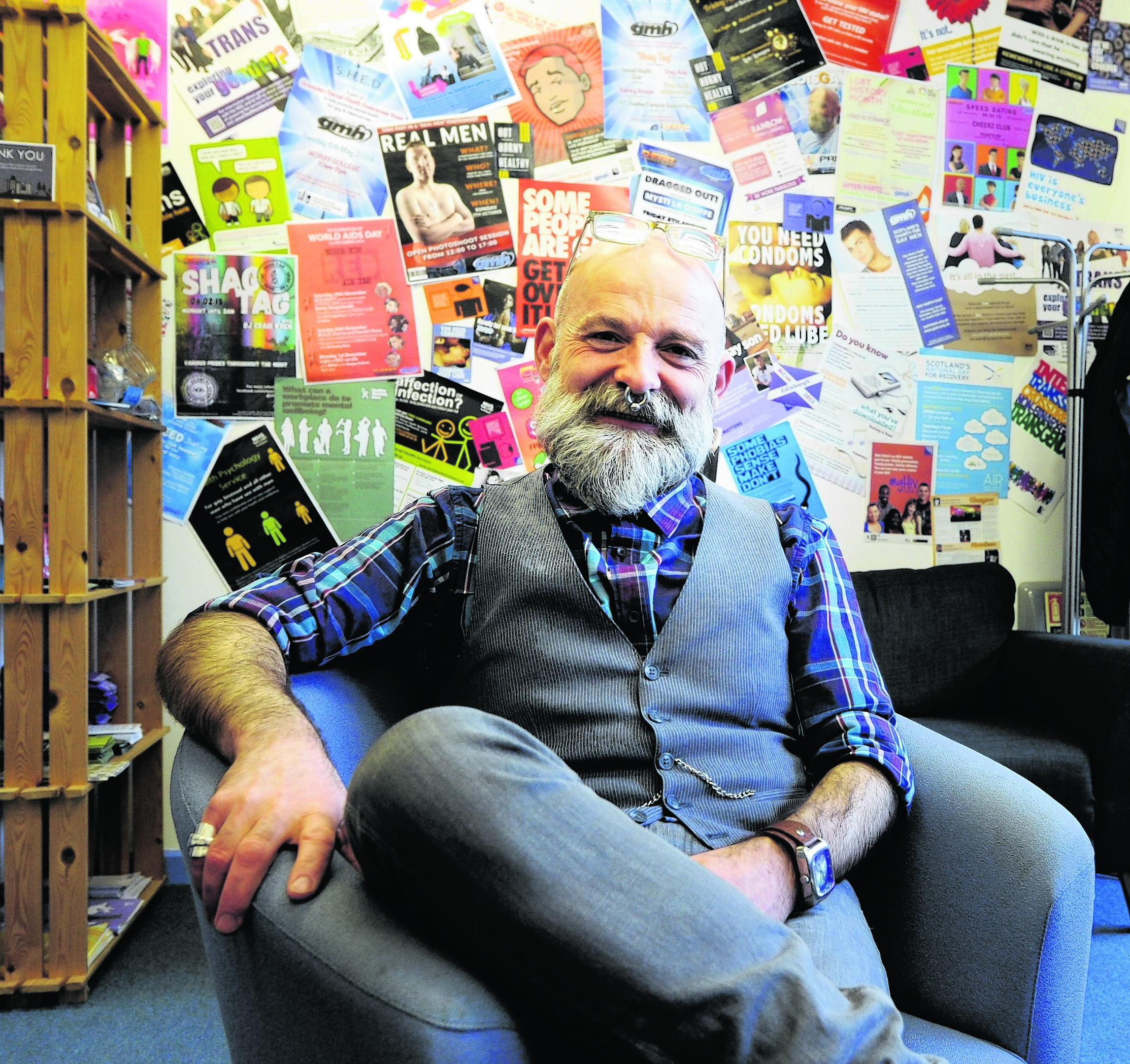Today, the prognosis for Brits living with HIV is mercifully better than it was at the point of outbreak 30 years ago, with the vast majority going on to lead long and fulfilling lives.
But for the health workers and volunteers who watched the first wave of people who contracted the condition die out, the memories of a vibrant group of people who were wiped out by HIV and AIDS are still painful.
Colin McKay remembers when he first saw a close friend die from the condition. So poignant were his experiences that they propelled him into a career in which he has striven to support those living with HIV, and to help challenge the stigma surrounding the condition.
The initial motivation for this career path, the 54-year-old admitted, was guilt. Information on how HIV was contracted was non-existent in those early days, and Colin reacted to his friend contracting HIV as so many did back then.
“I was so frightened that I distanced myself from this person,” Colin explained.
“I was frightened I would get it, and that people might think I had the virus too. So I would say I got involved in this work largely through guilt initially. I should have handled it better and I didn’t want to be that person. I wanted to support people, and help change things.”
By the late ’80s, Colin was volunteering with the Aberdeen Gay Switchboard, as it was then known. From there, he volunteered with the Grampian Buddy Group, which offered support for people living with HIV. With each person he came into contact with, his understanding of the condition broadened, helping him alleviate any fears he had of the condition. As a gay man, while Colin didn’t contract HIV himself, he felt inextricable tied to the community which was being hit so hard by it.
The pain of watching his friends and wards perish is still fresh to this day.
“A lot of people up here think HIV didn’t come to Grampian. That’s nonsense. A lot of people died,” he said.
“I still see some family members of people who I knew died, and they have never been spoken about since. For some family members, there’s still that shame. It’s heartbreaking. It’s almost as if some of those guys never existed. And it was women as well – I got to know a lot of straight men and women affected by the virus too. So that for me was the saddest thing – that these people have been essentially rubbed out.”
While guilt may have sparked Colin’s journey, it has often been anger which has motivated him through the years.
“When I really think about it, I’m still really angry and sad about what happened – about how people were treated. I mean, I suddenly felt that I was part of this almost massive leper colony. Someone once equated HIV back then, and now to an extent too, to feeling like no-one cared. It absolutely felt like nobody cared. That wasn’t the case but that’s what it felt like,” he said.
Today, Colin continues to reach out to people living with HIV in his role as groups and support worker for the Aberdeen branch of Gay Men’s Health (GMH), and its HIV positive support group which meets regularly. This is a job he combines with a role at Drugs Action in Aberdeen.
Education plays a big part of his roles, both in educating the communities at most risk of contracting HIV, and also of everyone else. Despite medical treatments for the virus taking mammoth steps in the thirty years since the first British person was diagnosed, the need for people like Colin to educate the wider population about the condition has remained the same.
For example, he is currently helping preparing to deliver a presentation at the Quality in Care Development Day which will focus on the treatment of elderly lesbian, gay, bisexual and transgender people. How people living with HIV will be treated when they enter care homes is a theme that will loom large in the conference.
“We are now seeing the first generation of people with HIV living into their old age,” he explained, “and we know there needs to be a lot more education within the NHS and among care home staff on how to treat them.”
Knowledge of the condition breeds understanding and respect, he explained. It’s the best tool against stigma, but there is still a long road ahead before the scar which was widened by the fear-mongering advertising campaigns of 30 years ago will be healed.
For now, Colin chooses to remember those who were lost, to help make sure those who follow won’t suffer the same indignities and discrimination.
“I never thought I would be this old. I remember thinking I would be dead before 40, because so many guys my age and younger were getting the virus and dying. I’m so fortunate to be here. And I’m so fortunate to be in work that I absolutely love and can see the changes we are making to people’s lives. Such as with this HIV support group, we are enabling people to find their own voice and to say, ‘I deserve better than this’, or in some cases, ‘I’m really struggling’.”
- For further information about the HIV positive support group which meets at Gay Men’s Health on George Street, Aberdeen, visit www.gmh.org.uk
